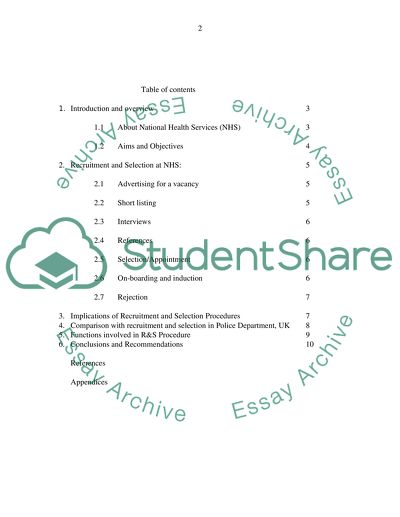Cite this document
(Significant Impact of Recruitment and Selection Procedures on Research Paper - 2, n.d.)
Significant Impact of Recruitment and Selection Procedures on Research Paper - 2. Retrieved from https://studentshare.org/human-resources/1577037-strategic-human-resources
Significant Impact of Recruitment and Selection Procedures on Research Paper - 2. Retrieved from https://studentshare.org/human-resources/1577037-strategic-human-resources
(Significant Impact of Recruitment and Selection Procedures on Research Paper - 2)
Significant Impact of Recruitment and Selection Procedures on Research Paper - 2. https://studentshare.org/human-resources/1577037-strategic-human-resources.
Significant Impact of Recruitment and Selection Procedures on Research Paper - 2. https://studentshare.org/human-resources/1577037-strategic-human-resources.
“Significant Impact of Recruitment and Selection Procedures on Research Paper - 2”. https://studentshare.org/human-resources/1577037-strategic-human-resources.


